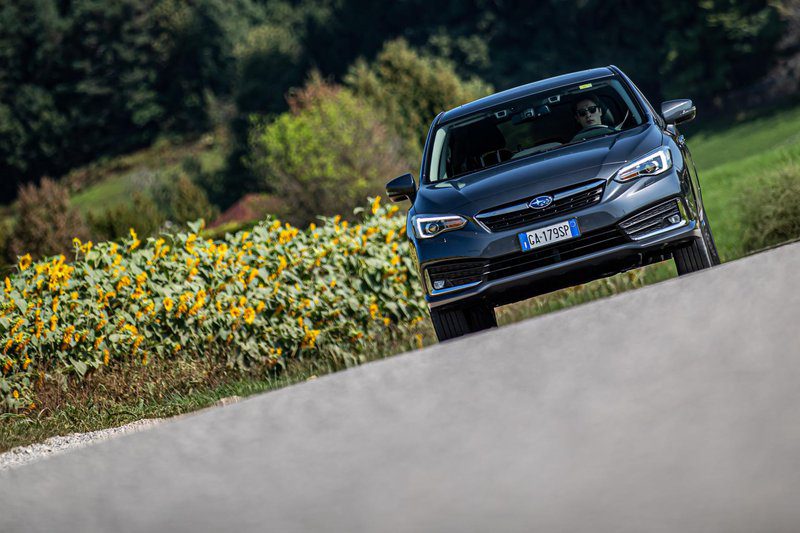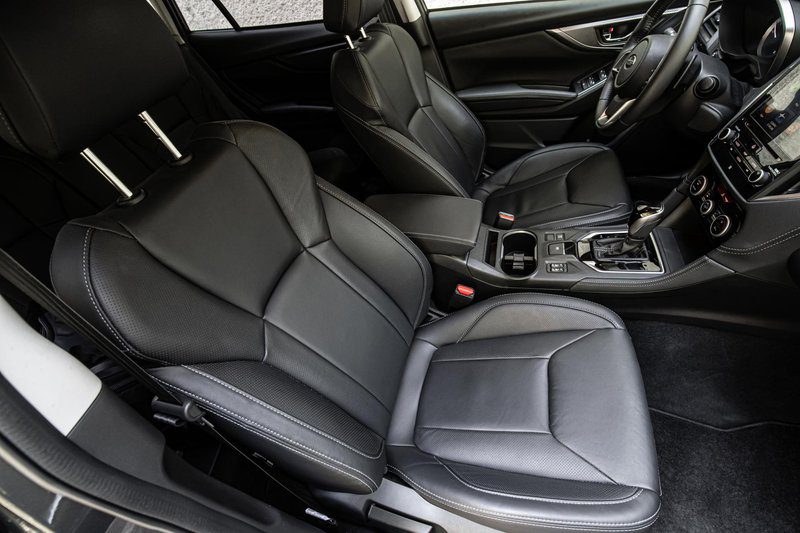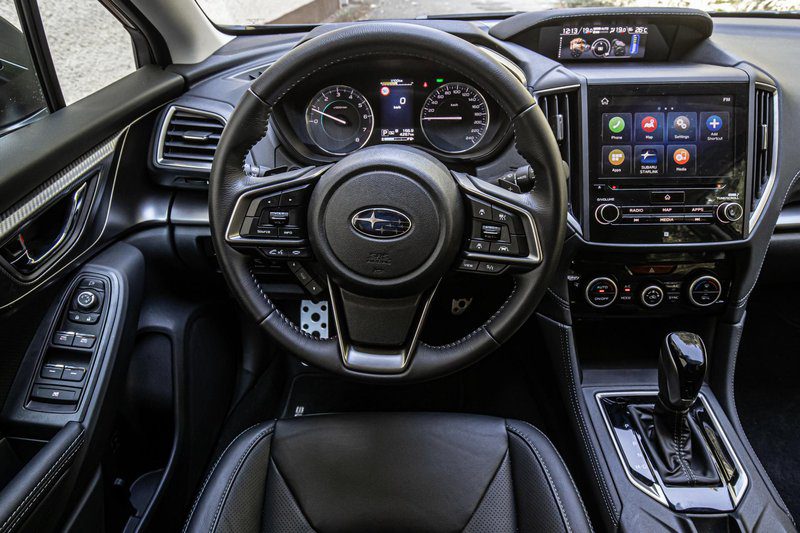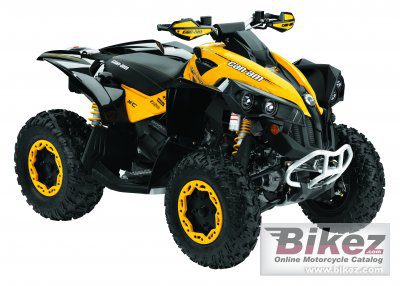
Short test: Subaru Impreza e-Boxer (2020) // Samosvoya combinatorics
Subaru is one of the most niche manufacturers that in the XNUMXs (and later) gained worldwide fame, primarily due to the successful promotion of all-wheel drive in motorsport.... I'm talking, of course, about rallies, where the last successes were at the turn of the century, a blue Impreza with a husky voice and gold rims. However, it still remains an icon in the hearts of connoisseurs and sports enthusiasts.
But since then a lot of water has passed, investments in sports have become less, times have changed, there was not enough success and ... Subaru left the sport for more than ten years, which allowed it to survive.
Moreover, the car that brought this brand to the world has been missing for some time. And given the new legislation, it doesn't look like anything like this could happen anytime soon. I wonder how easily brands sometimes give up on a name they've invested millions in ...

Well, they are finally done with the sport, they say.... Subaru is now synonymous with safety, usability and comfort. And, of course, by hybridizing the ecological approach. This was even a little blackmailed, since after the diesel case, Subaru also decided with a problem diesel engine (which was already popular only in Europe) prefer to interrupt and turn towards electrification... This is how the e-boxer emerged as the first but not the last phase of electrification, although they made their way again despite their close ties to Toyota.
By definition, it should be a mild hybrid, that is, a hybrid that relies on intermittent cranking and acceleration assistance, efficient regeneration, and longer intervals with the engine off (swimming in the stop and start phase). An electric motor with a power of 12,3 kW (16,7 hp) and, importantly, 66 Nm was installed in the housing of the famous CVT gearbox.which helps the engine, and a lithium-ion battery is installed under the rear seat. This one has a rather modest power (a good half kWh).

The two-liter, four-cylinder boxer engine, which is said to be 80 percent new, has also been adapted to the hybrid system. And it all adds up to 133 pounds on the scale. Well, the four-cylinder is still capable of developing 110 kW (150 hp) and torque is a moderate 194 Nm, but at a high 4000 rpm.that they could afford, since, of course, the electric motor helps in the lower operating range.
Subaru, however, loves to brag that it is a unique mild hybrid, as it also allows full electric drive under ideal conditions, which is otherwise theoretically possible but difficult to achieve in real life. Basically, when the braking phase is accompanied by a slight descent, and you only need to maintain a moderate speed. And, of course, this is possible with the slow movement of the column in front of the traffic light ...
The system also wants to start with just the power of the electronic car, but after a meter or two (apart from the descent), the computer discovers that it won't work, and the four-cylinder firmly takes over that role.. But that's to be expected, since both the engine and battery are modestly powerful, and the Impreza isn't a light machine (1.514kg).
While driving, the coexistence of the e-motor and the four-cylinder is more intensely tuned as well, and thanks to the CVT transmission, which has its drawbacks (I admit, at least in Subaru), the electric motor's assistance in accelerating is even more welcome. However, they've also added a switch to this model to switch between sporty and intelligent (as they say) torque transmission.

Well, the interior is pretty new, but in the Impreza, it seems like Subaru's designers are completely avoiding modern trends.
In Sport mode, the emphasis is on making heavy use of the available electronic power and torque with a different part of the drivetrain. and with slower driving, the response to pressing the accelerator pedal is indeed much better. With smart, this is primarily about consumption and comfort, so traction is less intense, but lasts longer, while the battery is only charged during regeneration (braking).
Of course, the work of both units and the help of the electronic machine is much more noticeable with slower driving., especially in the city and its environs, when any hybridization really manifests itself in full. On the trails, however, you will still have to be a little patient when accelerating hard at high speeds, although I must add right away that manual control (levers on the steering wheel) and shifting between seven virtual gears can almost completely eliminate this annoying constant gear shift setting.
Otherwise it must be said what they did Subaru has made an effort to maintain traditional values in this version as well, despite the fact that economical driving and permanent all-wheel drive do not go hand in hand.. And in this sense it is also necessary to understand this Impreza - consumption is lower, but hybridization was also used for additional torque and power, which also helps or even especially when all-wheel drive comes to the fore, therefore also in slower driving and overcoming bumps.
Sure, the drive more than deserves exemplary power distribution in faster corners, but the engine's modest torque makes it seem like traction still can't run out.
In addition, all of the dynamic performance of the Impreza has thankfully been retained, as the extra hybrid weight is well distributed throughout the car (60kg at the rear, 50kg at the front, staying in the middle), the center of gravity is known to be low. , the chassis is really well balanced and the tilt adjustment is almost perfect.

At the same time, I was most embarrassed by the immediacy of the steering mechanism in the center position of the steering wheel., which is especially felt on the track. On the other hand, in extreme cases, the steering gear can be more indirect, faster. I can't help but think, given the exemplary driving dynamics, how much reserve is still hidden in the chassis, which requires a more powerful car ...
In any case, Combinatorial Subaru has always been something special, and even so, they went their own way.. A compact model with permanent all-wheel drive and hybridization and a large package of standard equipment is a rarity, but at the same time (at least to some extent) also an added value. Unless, of course, you recognize her. To all this, calmly add the notorious solidity and this feeling of solidity, almost reliability and ease of use.
Subaru Impreza e-Boxer (2020)
Basic data
| Sales: | Subaru Italy |
|---|---|
| Base model price: | 35.140 € |
| Base model price with discounts: | 35.140 € |
| Test model price discount: | 35.140 € |
| Power: | 110kW (150 KM) |
| Acceleration (0-100 km / h): | 10,0 with |
| Maximum speed: | 1979 km / h |
| Mixed flow ECE: | 6,3l / 100km |
Costs (per year)
Technical information
| engine: | Engine: 4-cylinder - 4-stroke - boxer - petrol - displacement 1.995 cm3 - maximum power 110 kW (150 hp) at 5.600-6.000 rpm - maximum torque 194 Nm at 4.000 rpm. Electric motor: maximum power 12,3 kW (16,7 hp) - maximum torque 66 Nm. |
|---|---|
| Energy transfer: | the engine drives all four wheels - the transmission is a variator. |
| Capacity: | top speed 197 km/h - 0–100 km/h acceleration 10,0 s - average combined fuel consumption (ECE) 6,3 l/100 km, CO emissions 143 g/km. |
| Mass: | empty vehicle 1.514 kg - permissible gross weight np |
| External dimensions: | length 4.475 mm - width 1.775 mm - height 1.480 mm - wheelbase 2.670 mm - fuel tank 48 l. |
| Box: | 505-1.592 l |
We praise and reproach
finished chassis, slight tilt
comfort and ergonomics of the seat
clutch and power transmission
a mild hybrid that allows even more
strength and distinctive features of the interior
just decent spending, which can also increase
CVT transmission can still show "teeth"
trunk
